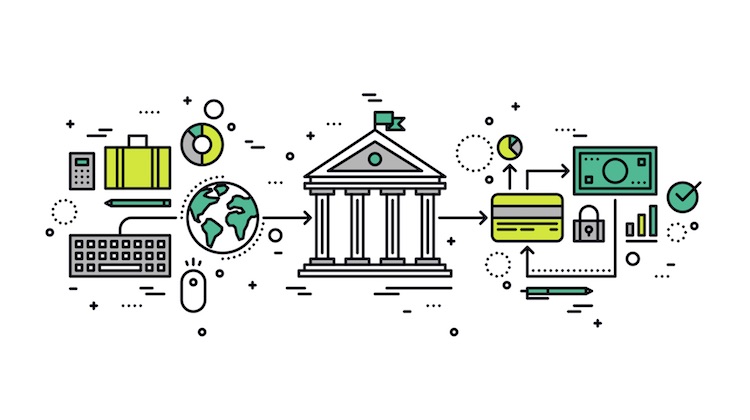WTF
WTF is open banking?
- Open banking is the concept that allows banks to share customer data with third-party companies or apps securely and in real time, through the use of open application interface platforms.
- As banking becomes more enmeshed in daily life, open banking becomes an important way to give developers the flexibility to develop products that serve customers’ needs.








